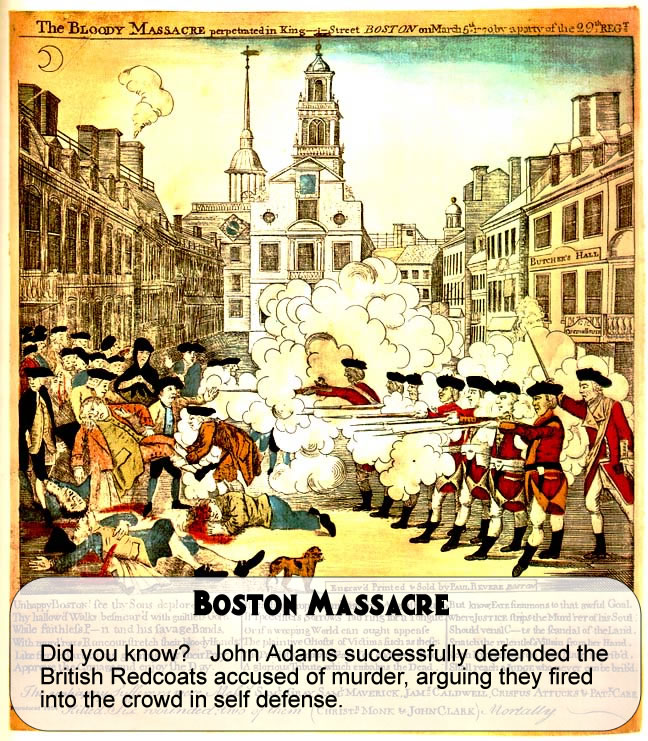This article explains the actual story of The Bloody Massacre - a virulent example of propaganda (that Revere may have stolen) during the Revolutionary era.

Paul Revere "Bloody Massacre" Woodcut |
Propaganda
The Bloody Massacre was a woodcut that was engraved by Paul Revere. It is one of the most iconic examples of propaganda in the Revolutionary War era. The woodcut shows a group of British soldiers led by Thomas Preston firing at close range, into what appears to be a peaceful and unarmed group of American citizens during the Boston Massacre. The scene takes place in front of the Customs House, which Revere labels as "Butcher's Hall." The hyperbolic scene was meant to enrage Americans and was a false representation of the actual event. In reality, the British soldiers were backed into a corner and only fired into the crowd to prevent being beaten and clubbed to death. Noticeably absent from the image is the snow and ice that the mob hurled at the British soldiers. Furthermore, Crispus Attucks, the first Black man killed in the Revolution, is portrayed as White.
Did Paul Revere Steal the Image?
Interestingly, Revere's motives for the engraving may have been financial as much as patriotic. Revere was a silversmith, engraver, and entrepreneur. Although he made the wood engraving, Revere did not produce the provocative image; rather, it was produced by Henry Pelham, half-brother of the famed artist John Singleton Copley. Pelham may have allowed Revere to borrow the engraving, but when Revere started selling it, Pelham accused him of stealing his work and profiting from it. Revere is thought to have hired a man named Christian Remick to add color to the engraving.
|
|
|
|
Advertisement

Remove ad